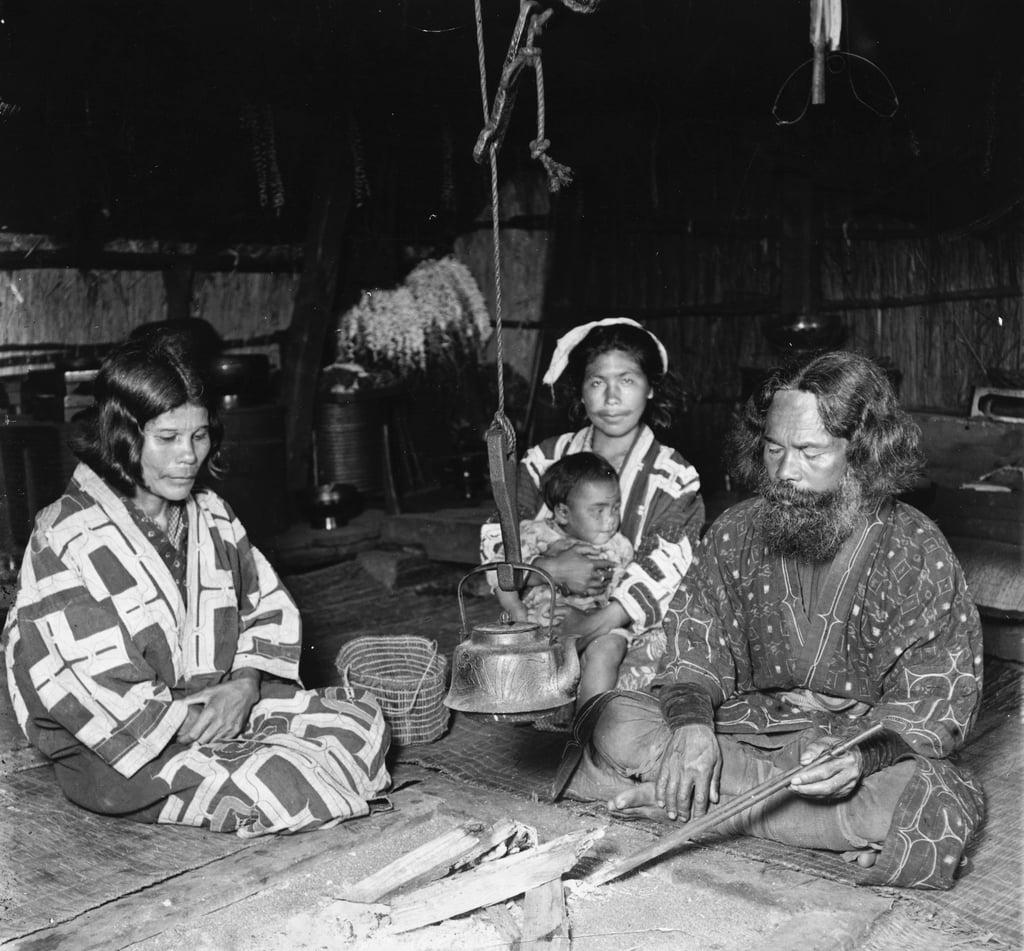Paint your nails the Ainu way, make embroidery, wear fish-skin shoes, stay in a themed hotel – Hokkaido, Japan celebrates its indigenous people
- On the Japanese island of Hokkaido visitors can learn about its hunter-gatherer first people in a variety of ways, from craft workshops to a luxury hotel stay
- Try on bark-fibre robes – very scratchy – or salmon-skin shoes, sample Ainu cuisine, and snap up souvenirs such iPhone cases, pottery and magnets

The tourist information centre in the small town of Shiraoi is not just a great spot to grab some souvenirs, it also offers an insight into how the first settlers of Japan’s Hokkaido island have secured their future.
For sale alongside pottery and fabrics featuring the swirling designs beloved by the Ainu are magnets, iPhone cases and stickers featuring manga- or cartoon-style depictions of Ainu warriors and kamuy – the indigenous people’s spirit animals.
Tureppon, the mascot of the recently opened Upopoy National Ainu Museum and Park, is another. Her name comes from the word turep, which means “lily bulb” in the Ainu language, and she clutches a walking stick made from a turep stalk and a cake made from its seeds.

It was only in 2008 that the Japanese government recognised the Ainu as an indigenous people.
